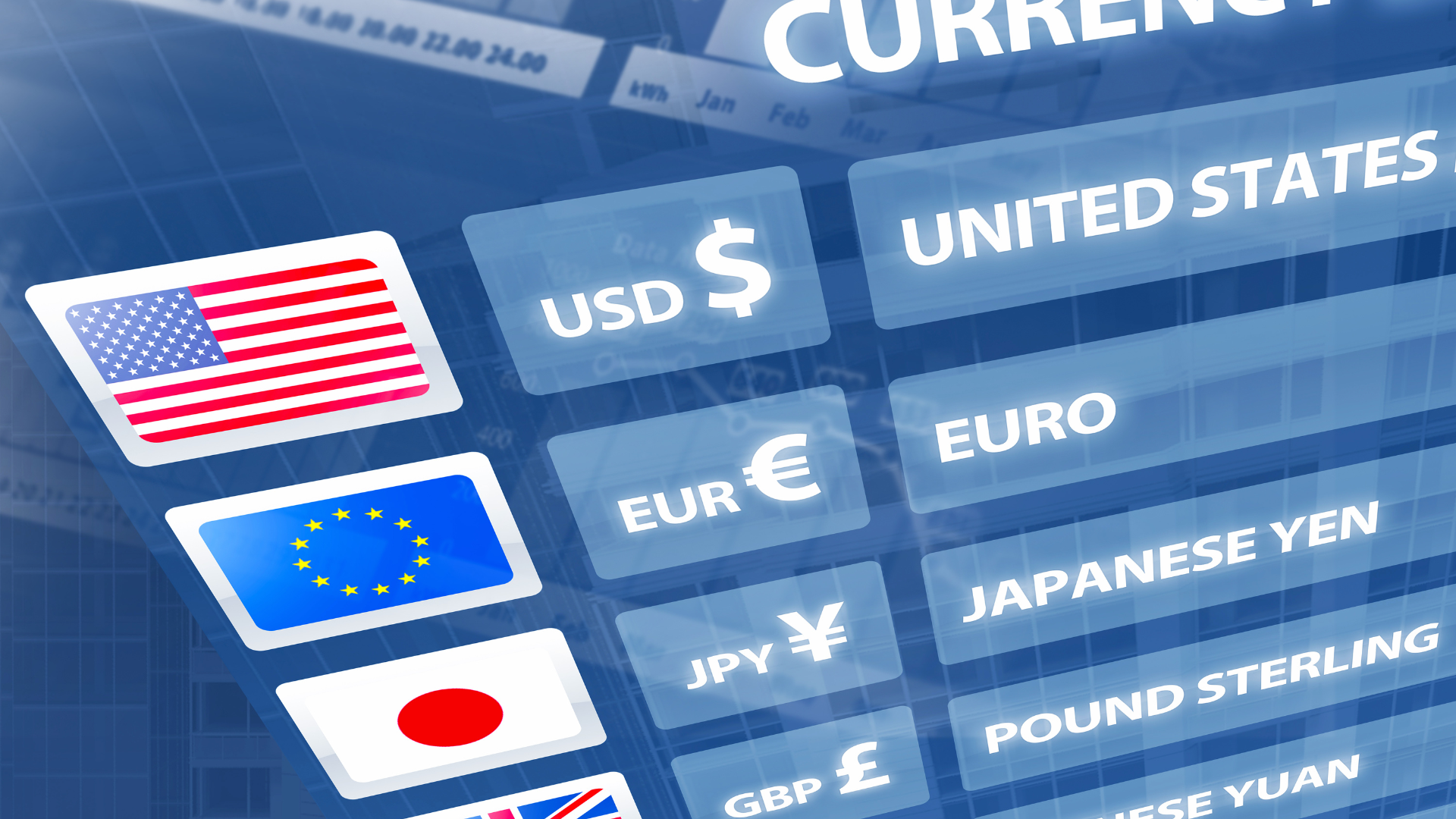Unraveling Money Symbols in Other Countries: A Developer's and Business Owner's Guide
In today's interconnected world, where businesses operate on a global scale and digital transactions know no borders, understanding the nuances of different currencies is essential. For developers and businesses alike, recognizing and incorporating the various money symbols used across the globe can streamline financial operations and enhance user experiences. In this guide, we'll delve into the significance of money symbols in different countries and explore why they matter in the digital landscape.

The Significance of Money Symbols
Money symbols serve as visual representations of currencies, facilitating easy identification and differentiation in financial transactions. For developers, integrating accurate money symbols into applications and websites ensures clarity and precision in displaying currency values to users. Similarly, businesses must grasp the meaning behind these symbols to effectively conduct international trade and transactions.
Common Money Symbols Around the World
Dollar Sign ($)
The dollar sign ($) is perhaps the most widely recognized money symbol, representing various currencies such as the US dollar (USD), Canadian dollar (CAD), Australian dollar (AUD), and many others. Its ubiquity underscores the importance of understanding currency codes alongside symbols for accurate financial processing.
Euro Symbol (€)
The euro symbol (€) denotes the currency used by member states of the Eurozone, simplifying transactions across multiple European countries. For businesses operating within this region or engaging in Eurozone trade, incorporating the euro symbol into financial platforms is crucial for seamless transactions.
Pound Sterling Symbol (£)
The pound sterling symbol (£) represents the currency of the United Kingdom and certain British territories. Developers and businesses involved in transactions with British entities must ensure proper utilization of the pound symbol to avoid confusion and errors in financial documentation.
Integrating Money Symbols: Best Practices for Developers and Businesses
Developers play a pivotal role in integrating money symbols accurately into applications and websites. By adhering to coding standards and utilizing currency libraries, developers can ensure consistent and reliable display of money symbols across platforms and devices. Businesses, on the other hand, should provide clear guidance to developers regarding currency requirements and preferences, fostering a harmonious integration process.

Conclusion
Understanding money symbols in other countries is essential for developers and businesses navigating the global financial landscape. By embracing diversity in currency symbols and adhering to best practices in integration, businesses can enhance user experiences and streamline international transactions.
FAQs
Q: How do I display multiple currency symbols on my website or application?
A: To display multiple currency symbols, developers can utilize currency formatting libraries or APIs that support various currencies. These tools simplify the process of integrating and displaying currency symbols based on user preferences or transaction requirements.
Q: Are there any international standards for currency symbols?
A: Yes, the International Organization for Standardization (ISO) maintains standards for currency codes, which include three-letter codes (e.g., USD for US dollar) alongside currency symbols. Adhering to these standards ensures consistency and compatibility in global financial systems.
Q: Can I customize the appearance of currency symbols in my application?
A: While it's possible to customize the appearance of currency symbols to some extent, developers should prioritize accuracy and compliance with international standards. Deviating too far from standard symbols may lead to confusion for users and potential errors in financial transactions.
Q: How often should I update currency symbols in my application or website?
A: Currency symbols may undergo changes over time due to currency revaluations or geopolitical shifts. Developers and businesses should stay informed about such updates and promptly incorporate any changes to ensure the accuracy of financial information displayed to users.